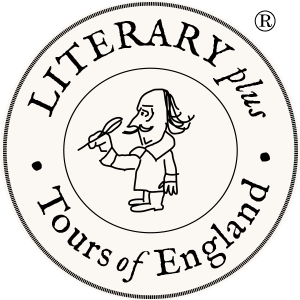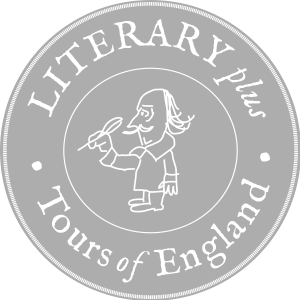
Dickens House
Charles Dickens
Knole
Vita Sackville-West
Chartwell
Winston Churchill

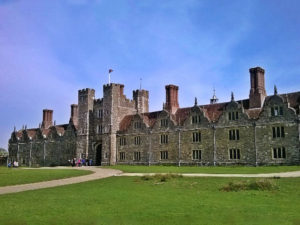
Knole
Vita Sackville-West
The tours begin and end at London Heathrow airport (LHR).
The details below describe the tour highlights. Supplementary sites and stopping points will be included wherever feasible. All tours can be customized. So, once you’ve made a selection, we’ll contact you to review and refine the itinerary to reflect your personal preferences.
The guide prices shown below relate to escorted tours and assume double room occupancy in luxurious 4- or 5-star city center hotels. The actual price of your tour will depend on the make-up of your tour party, your accommodation preference, special needs, seasonal variations, availability and currency exchange rates. You will be provided with a firm quote before you book.
Guide price $4,250 per person (escorted / based on 2 people)
Maidstone
“The Garden of England” has been the appropriate nickname for Kent, England’s southeastern-most county, for hundreds of years. Its major town, Maidstone, is the ideal base for visiting significant sites in the northern part of the county.
Knole is a massive country house – four acres in size – located near Sevenoaks. The house dates back to the mid-15th Century, with major additions in the 16th Century and early 17th Century. The surrounding 1,000-acre deer park dates from around 1600. Vita Sackville-West, the novelist and poet, was born at Knole in 1892 and spent much of her early life there. Her most successful book, The Edwardians (1930), is inspired by her childhood experiences at Knole. The house has been used as a location in many feature films including The Other Boleyn Girl (2008), Pirates of the Caribbean: On Stranger Tides (2011) and Sherlock Holmes: a Game of Shadows (2011).
Sissinghurst Castle Garden was created by Vita Sackville-West and her husband Harold Nicholson, the author and diplomat, in the early 1930s. It’s among the most famous gardens in England and one of the National Trust’s most popular properties. Harold’s planning of the garden ‘rooms’ and the abundant plantings by Vita reflect the romance and intimacy of her writings, on which she would work in her private room in the ancient tower gatehouse. She died at Sissinghurst in 1962.
Chartwell, a country house near Westerham, was the home of Winston Churchill from 1922 to 1964. Here he held meetings, composed speeches and wrote books, including his monumental six-volume memoir of The Second World War. The rooms remain much as they were when he lived here, with pictures and personal mementoes. In the garden Churchill built walls, constructed lakes and painted. From the garden front, the house has “the most beautiful and charming” views over the Weald of Kent.
Down House – in the village of Downe – was the home of Charles Darwin and his wife Emma from 1842. It was here that Darwin worked on his theory of evolution by natural selection, which he had conceived in London before moving to Down House with his growing family. The culmination of his research, On the Origin of Species, was written in Darwin’s study and published in 1859. The Darwins made many changes and extensions to the house and grounds during the 40 years they lived there, all of which can still be enjoyed by the visitor. Darwin died at Down House in 1882, age 73.
Canterbury Cathedral
World Heritage Site
Rochester
Great Expectations
Dover Castle
Above the White Cliffs
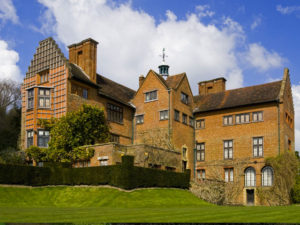
Chartwell
Winston Churchill
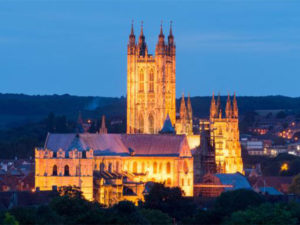
Canterbury Cathedral
World Heritage Site
Guide price $6,750 per person (escorted / based on 2 people)
In addition to all of the above …
Maidstone
An extra day in Maidstone provides an opportunity to visit Red House in Bexleyheath, built in 1860 by William Morris as a home for himself and his wife Jane. Morris was a fascinating character. He was a poet and novelist, helping to establish the modern fantasy genre. He was also a pioneering textile designer and founder of the Arts & Crafts movement. Jane was a skilled embroiderer. Red House became a focus for the Pre-Raphaelite artists, for whom Jane embodied the ideal of beauty. However, the Morrises lived at Red House for only five years, finding it too expensive to run and unsuited to their lifestyle. It’s now an Arts & Crafts building of architectural and social significance, providing insights into the lives and work of William and Jane.
Rochester
The attractive small city of Rochester – with its splendid Norman castle and cathedral – was a favorite haunt of Charles Dickens and he based many novels there, including Great Expectations. An easy two-mile self-guided walk around central Rochester takes in many Dickens-related sites, including Restoration House (the inspiration for Miss Havisham’s house). Close by is the village of Cooling and the marshes that were so much a part of Great Expectations. It was the graveyard of Cooling’s St James’ Church that inspired the novel’s opening scenes, faithfully reproduced in the studio for David Lean’s brilliant 1946 film. Dickens lived for the last fourteen years of his life at Gad’s Hill in the nearby village of Higham (now an independent school) where he wrote Great Expectations and A Tale of Two Cities.
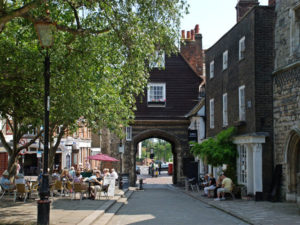
Rochester
Great Expectations
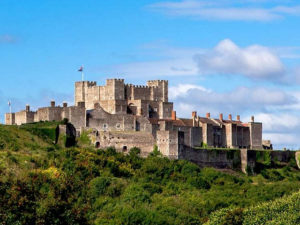
Dover Castle
Above the White Cliffs
Guide price $9,250 per person (escorted / based on 2 people)
In addition to all of the above …
Canterbury
Ancient walls, originally built by the Romans, encircle Canterbury’s medieval center with its cobbled streets and timber-framed houses. Canterbury Cathedral, founded in 597AD and incorporating Gothic and Romanesque elements, is the headquarters of the Church of England. Together with St Augustine’s Abbey and St Martin’s Church – the oldest church in England – it forms a unique World Heritage Site. The Canterbury Tales by Geoffrey Chaucer, 24 stories written between 1387 and 1400, is a universally acknowledged masterwork of medieval literature. The playwright Christopher Marlowe was born in Canterbury in 1564: the same year as Shakespeare, on whom he was a great influence. Both Chaucer and Marlowe are commemorated by statues in the city.
Broadstairs
Charles Dickens loved Broadstairs, a pleasant seaside town, where he spent his summer holidays from 1839 to 1851. He wrote David Copperfield here, his most autobiographical novel, while staying at Fort House (later renamed Bleak House and now a bed and breakfast). Dickens House – a cozy cottage in the town center – was the inspiration for the home of Betsey Trotwood in David Copperfield and is now a museum full of Dickens memorabilia.
Dover
The famous Channel port town is overlooked by the awesome medieval edifice of Dover Castle (the largest in England). Built to repel invasions from across the 21-mile wide Strait of Dover, it houses the amazing Secret Wartime Tunnels. Originally built in the early 19th Century, the tunnels were converted in 1939 to a military command center and underground hospital. In May 1940 the successful evacuation of more than 300,000 British and French soldiers from Dunkirk was directed from the tunnels.
Noel Coward had a house in nearby St Margaret’s Bay, from which there’s a magnificent view of the iconic White Cliffs. In the early 1950s he passed the lease to Ian Fleming (creator of James Bond) who is commemorated by a statue on Dover’s seafront.
